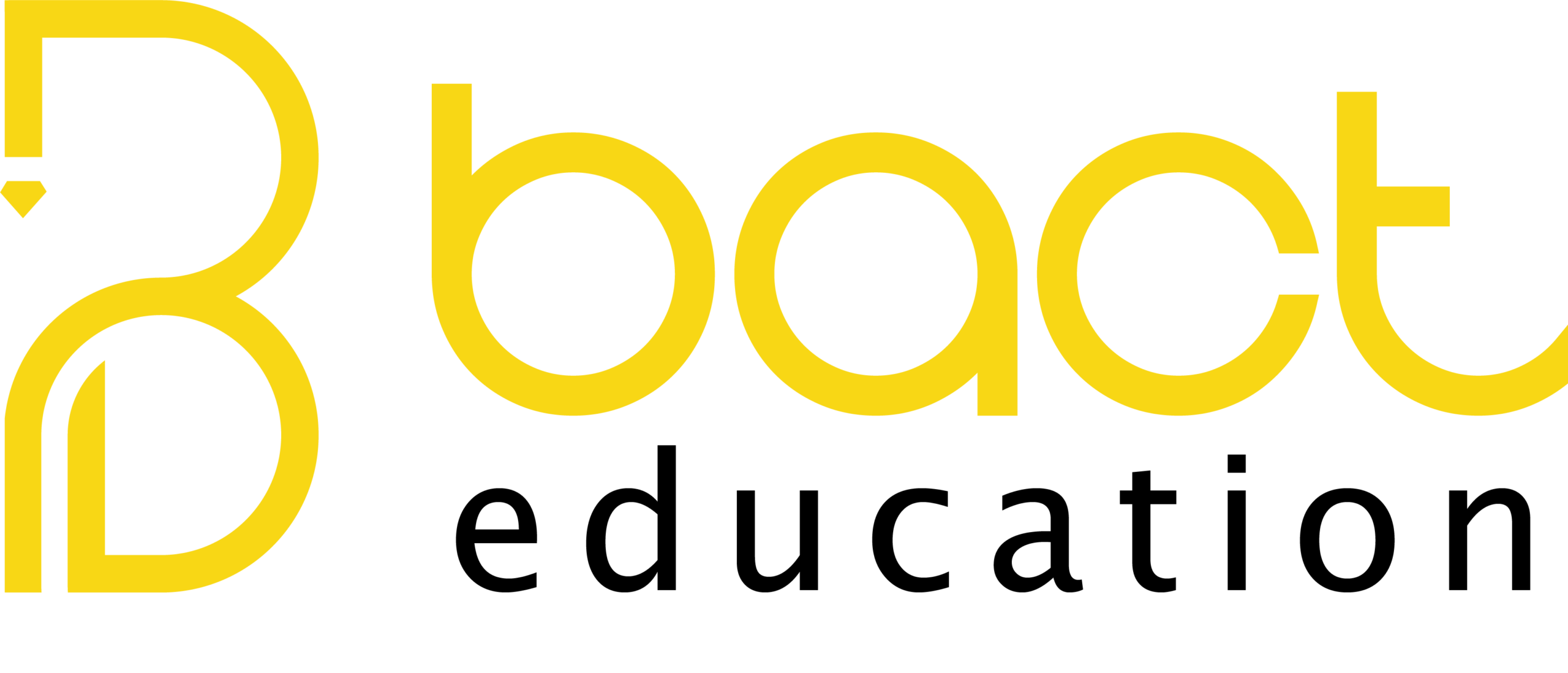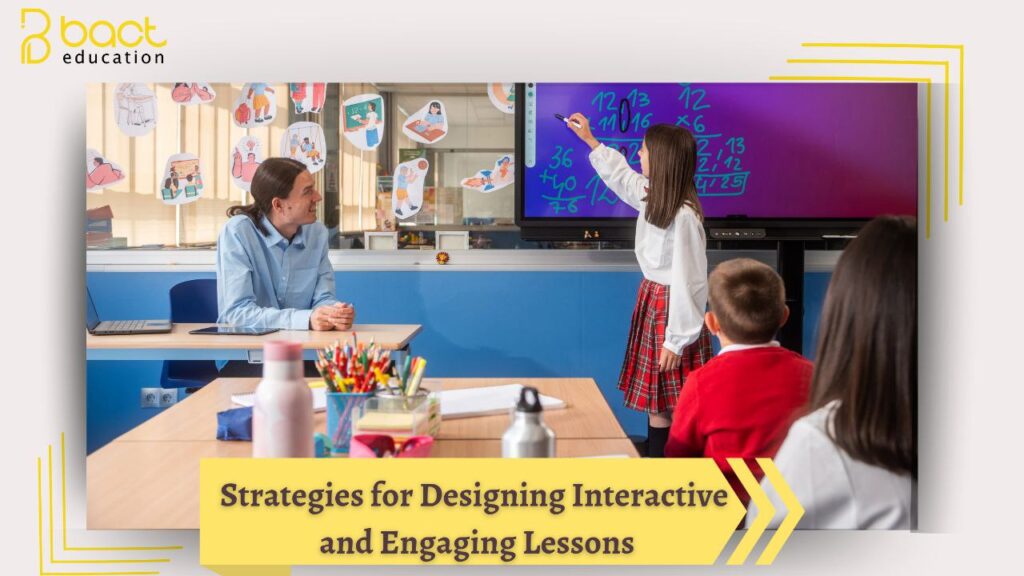Creative Lesson Planning: Strategies for Designing Interactive and Engaging Lessons
Teaching is an art, and lesson planning is the canvas where educators craft meaningful learning experiences. In today’s dynamic classrooms, keeping students engaged requires creativity, innovation, and thoughtful design. Whether you’re a seasoned teacher or new to education, these strategies will help you design interactive and captivating lessons that inspire curiosity and active participation.
Why Creative Lesson Planning Matters
Traditional lecture-style teaching often leads to disengagement. Creative lesson planning, on the other hand:
-
Boosts student motivation by making learning fun and relevant.
-
Encourages critical thinking through interactive activities.
-
Supports diverse learning styles (visual, auditory, kinesthetic).
-
Enhances retention by connecting concepts to real-world applications.
Strategies for Designing Engaging Lessons
1. Start with a Hook
Capture students’ attention right from the beginning with:
-
Thought-provoking questions (e.g., “What would happen if gravity disappeared for 5 seconds?”)
-
Short videos or animations related to the lesson.
-
Mystery or challenge (e.g., a puzzle, riddle, or real-world problem to solve).
2. Incorporate Active Learning Techniques
Move beyond passive listening by integrating:
-
Think-Pair-Share: Students reflect individually, discuss with a partner, then share with the class.
-
Role-playing & Simulations: Let students act out historical events, scientific processes, or business scenarios.
-
Hands-on Experiments: Science, math, and even literature lessons can benefit from tactile learning.
3. Use Technology Wisely
Digital tools can enhance engagement when used strategically:
-
Interactive Quizzes (Kahoot!, Quizizz) for instant feedback.
-
Virtual Field Trips (Google Expeditions, VR apps) to explore new environments.
-
Collaborative Platforms (Padlet, Jamboard) for brainstorming and group work.
4. Differentiate Instruction
Not all students learn the same way. Adapt your lesson by:
-
Offering choice boards where students pick how they demonstrate understanding (e.g., write a blog, create a video, design a poster).
-
Providing scaffolded tasks (different difficulty levels for the same concept).
-
Using multimodal resources (text, audio, visuals, hands-on activities).
5. Gamify Learning
Turn lessons into games to increase motivation:
-
Escape Room Challenges: Solve subject-related puzzles to “escape.”
-
Point Systems & Badges: Reward participation and mastery.
-
Classroom Competitions: Friendly debates, trivia contests, or team challenges.
6. Connect Lessons to Real Life
Students engage more when they see relevance:
-
Case Studies: Analyze real-world events or business scenarios.
-
Guest Speakers: Invite professionals to share insights.
-
Project-Based Learning (PBL): Have students work on long-term projects with real applications (e.g., designing a sustainable city).
7. Encourage Reflection & Feedback
End lessons with:
-
Exit Tickets: Quick written or digital responses (e.g., “What’s one thing you learned today?”).
-
Peer Discussions: Students summarize key takeaways in small groups.
-
Self-Assessment: Let students rate their understanding and set goals.
Final Thoughts
Creative lesson planning transforms classrooms into vibrant spaces where students are excited to learn. By incorporating hooks, active learning, technology, differentiation, gamification, real-world connections, and reflection, you can design lessons that resonate with every learner.
What’s your favorite engagement strategy? Share your ideas in the comments!

